Related Research Articles
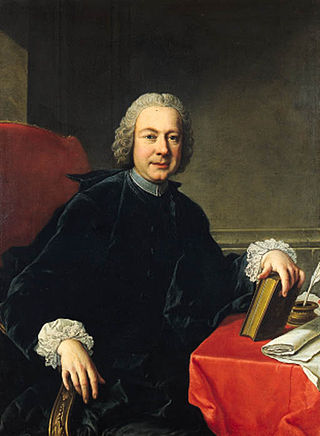
Pietro Antonio Domenico Trapassi, better known by his pseudonym of Pietro Metastasio, was an Italian poet and librettist, considered the most important writer of opera seria libretti.

Luca Giordano was an Italian late-Baroque painter and printmaker in etching. Fluent and decorative, he worked successfully in Naples, Rome, Florence, and Venice, before spending a decade in Spain.
Viennese Actionism was a short-lived art movement in the late 20th-century that spanned the 1960s into the 1970s. It is regarded as part of the independent efforts made during the 1960s to develop the issues of performance art, Fluxus, happening, action painting, and body art. Its main participants were Günter Brus, Otto Mühl, Hermann Nitsch, and Rudolf Schwarzkogler. Others involved in the movement include Anni Brus, Heinz Cibulka and Valie Export. Many of the Actionists have continued their artistic work independently of Viennese Actionism movement.
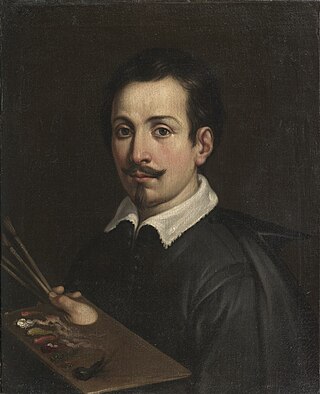
Guido Reni was an Italian painter of the Baroque period, although his works showed a classical manner, similar to Simon Vouet, Nicolas Poussin, and Philippe de Champaigne. He painted primarily religious works, but also mythological and allegorical subjects. Active in Rome, Naples, and his native Bologna, he became the dominant figure in the Bolognese School that emerged under the influence of the Carracci.

Hermann Nitsch was an Austrian contemporary artist and composer. His art encompassed wide-scale performances incorporating theater, multimedia, rituals and acted violence. He was a leading figure of Viennese Actionism.

Sir Ernst Hans Josef Gombrich was an Austrian-born art historian who, after settling in England in 1936, became a naturalised British citizen in 1947 and spent most of his working life in the United Kingdom.
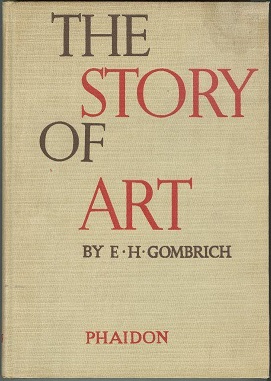
The Story of Art, by E. H. Gombrich, is a survey of the history of art from ancient times to the modern era.

Jerusalem Delivered, also known as The Liberation of Jerusalem, is an epic poem by the Italian poet Torquato Tasso, first published in 1581, that tells a largely mythified version of the First Crusade in which Christian knights, led by Godfrey of Bouillon, battle Muslims in order to take Jerusalem. Tasso began work on the poem in the mid-1560s. Originally, it bore the title Il Goffredo. It was completed in April 1575 and that summer the poet read his work to Duke Alfonso of Ferrara and Lucrezia, Duchess of Urbino. A pirate edition of 14 cantos from the poem appeared in Venice in 1580. The first complete editions of Gerusalemme liberata were published in Parma and Ferrara in 1581.
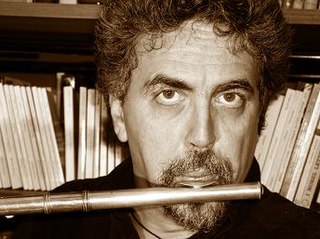
Enzo Nini is a jazz saxophonist and flautist. He was born in San Giorgio a Cremano, Naples, Italy.
Günter Brus was an Austrian painter, performance artist, graphic artist, experimental filmmaker, and writer.

Giovanni Battista Caracciolo (1578–1635) was an Italian artist and important Neapolitan follower of Caravaggio. He was a member of the murderous Cabal of Naples, with Belisario Corenzio and Giambattista Caracciolo, who were rumoured to have poisoned and disappeared their competition for painting contracts.

Antonio Corradini was an Italian Rococo sculptor from Venice. He is best known for his illusory veiled depictions of the human body, where the contours of the face and body beneath the veil are discernible.
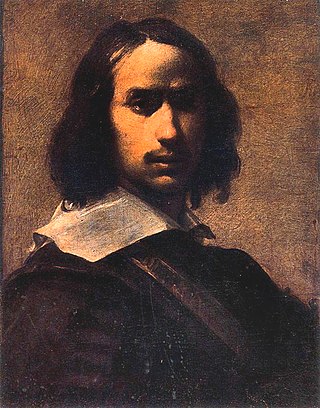
Francesco Cairo, also known as Francesco del Cairo, was an Italian Baroque painter active in Lombardy and Piedmont.
Caterina Davinio is an Italian poet, novelist and new media artist. She is the author of works of digital art, net.art, video art and was the creator of Italian Net-poetry in 1998.
Net-poetry is a development of net.art, involving poetry. This kind of experimental art was born in several different cities and countries around 1995.

Roberto Paci Dalò is an Italian author, composer and musician, film maker and theatre director, sound and visual artist, radio-maker. He is the co-founder and director of the performing arts ensemble Giardini Pensili and he has been the artistic director of Wikimania 2016 Esino Lario. He won the Premio Napoli per la lingua e la cultura italiana in 2015.
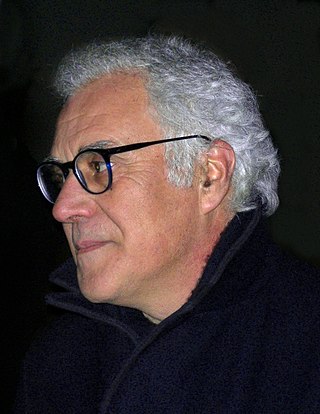
Mimmo Paladino is an Italian sculptor, painter and printmaker. He is a leading name in the Transvanguardia artistic movement and one of the many European artists to revive Expressionism in the 1980s.
Carlo Vecce is Professor of Italian Literature in the University of Naples "L'Orientale", he taught also in the University of Pavia, the D'Annunzio University of Chieti–Pescara and the University of Macerata. Abroad he was visiting professor at Paris 3 (2001) and University of California Los Angeles (UCLA) (2009).

Marino Alfonso, better known as Mafonso, is an Italian painter and sculptor

Eugenio Viola is an Italian art critic and curator based in Bogotá.
References
- ↑ The preface was later reprinted in Gombrich's The uses of images: studies in the social function of art and visual communication